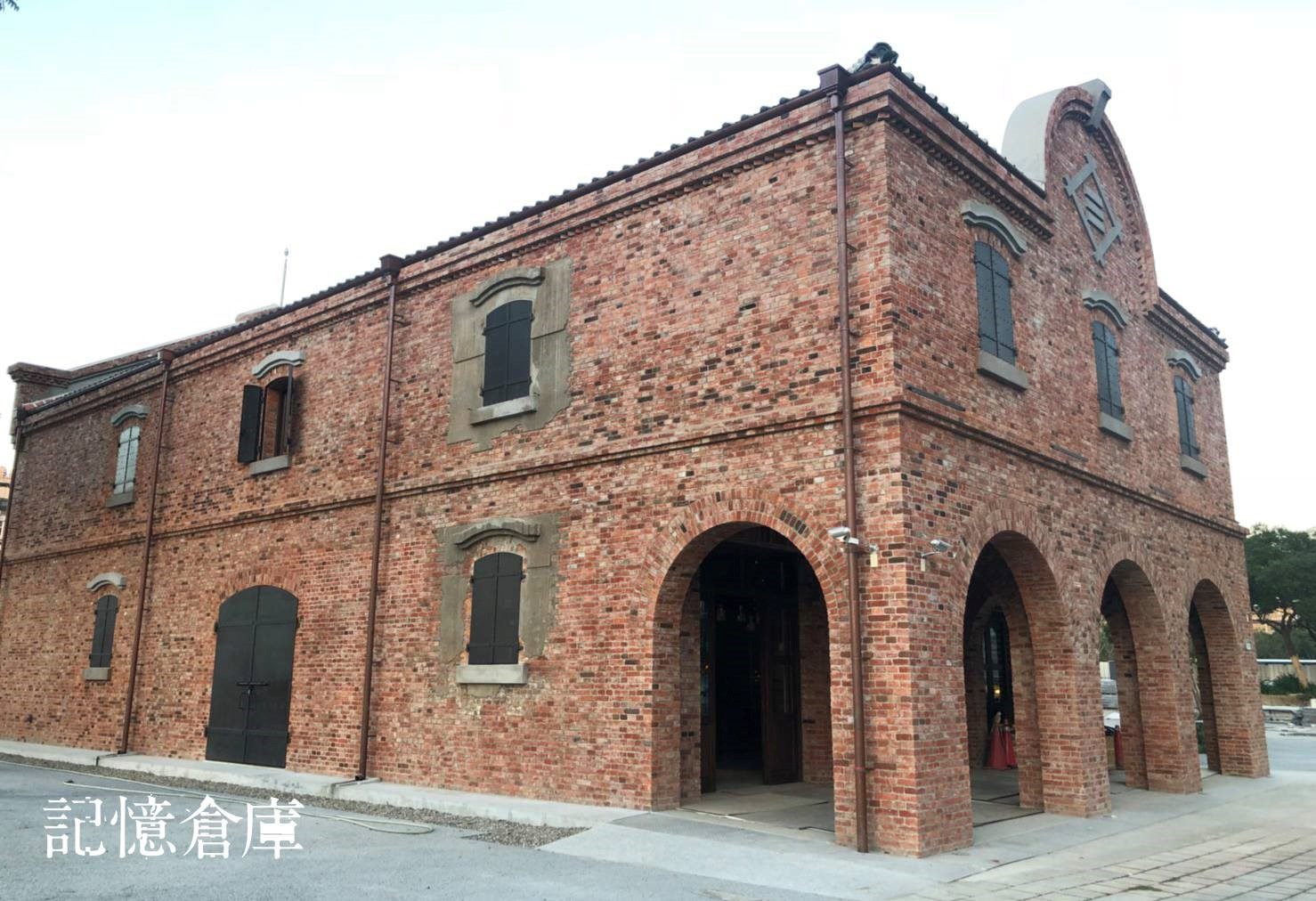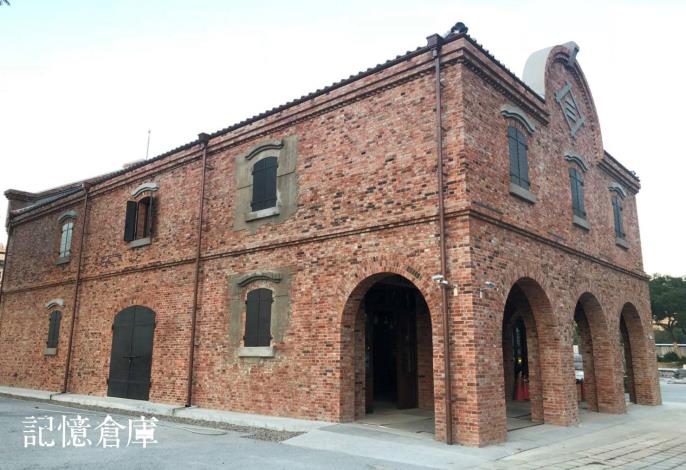Taipei Info Hub
The full name of Taipei Info House is “Former Mitsui & Co. Taipei warehouse”. It is a red brick two-story house constructed around 1913–1914 in the Japanese colonial period, and one of the few historical buildings that still bears the Mitsui Group trademark. Between 1914 and 1920, Mitsui Group signed a partnership agreement with Guangtong Transportation Company (廣通運輸社), allowing Guangtong to store Mitsui-owned goods in the Mitsui warehouse. This continued until 1935, when the warehouse was seriously damaged. After being rebuilt, the warehouse was handed over to Nitto Merchant Ship Kumi Company (日東商船組). After the Second World War, the warehouse was transferred to the management of the Taiwan Supply Bureau, before being handed over to the Taiwan Railways Administration in 2002. In 2016, the Taipei West Gateway project (台北西區門戶計畫) required Mitsui Warehouse to be relocated 51 m. to the east using structure relocation techniques adapted for preservation work. The space was reconceptualized as the “Taipei Info Hub”, set up for exhibitions, and formally reopened in November 2018. The cut gable was preserved near the ground floor entrance, allowing visitors a glimpse into the history of Mitsui Warehouse during the Japanese colonial period. The warehouse is located at North Gate and connects Futai Street Mansion, Ministry of Railways, and Taipei Post Office, serving as an information station that connects the surrounding cultural assets. It is an iconic Taipei City building that witnessed the Qing Dynasty, Japanese colonial era, post-war period, and the modern development of railway transportation. The permanent exhibition traces the origins of what was once the Former Mitsui & Co. Taipei Warehouse and is now the Info Hub. It covers industries such as camphor, timber, and tea that were operated by Mitsui & Co. during the Japanese colonial period, the relationship between forest resources and communities, and the development of industrial transportation, all while explaining the transformations of Taipei City witnessed by the building. It also outlines its relationship with the surrounding commercial districts.


![Taiwan.gov.tw [ open a new window]](/images/egov.png)
